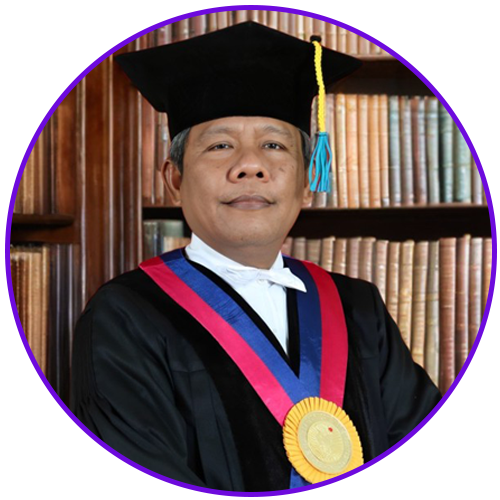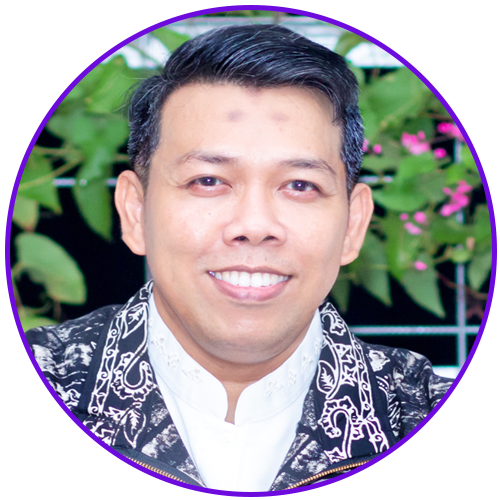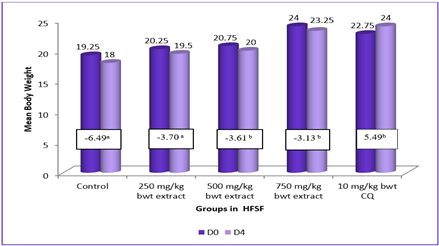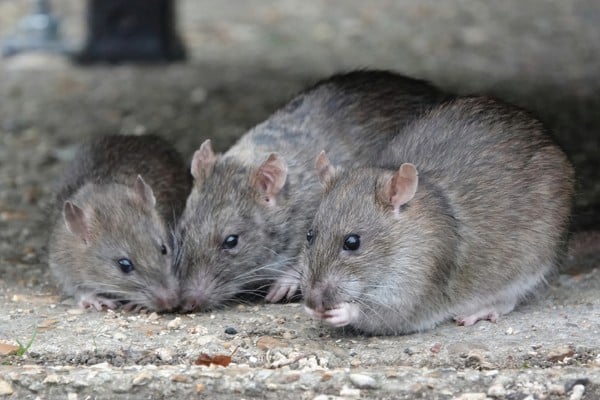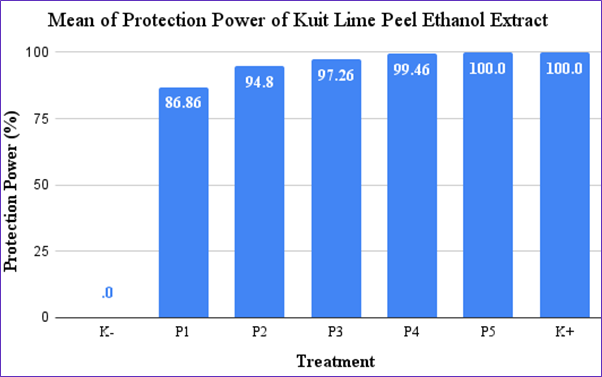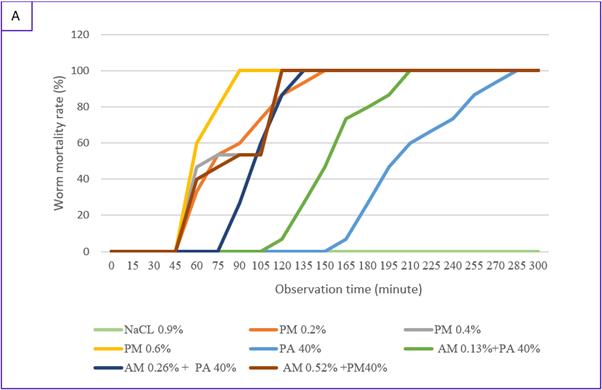Elimination of Schistosoma japonica in Central Sulawesi, Indonesia Intermediate Snail Control and Utilization Medicinal Plants

Downloads
Schistosomiasis is a zoonotic health problem caused by infection with the schistosoma class parasite, which lives in human blood vessels and around the intestines and bladder. Intermediate hosts in the form of snails and definitive hosts in animals and humans can be influenced by physical, chemical and biological environmental conditions. Schistosomiasis in Indonesia is caused by the trematode worm Schistosoma japonica (S. japonicum) with the intermediate host being the snail Oncomelania hupensis lindoensis. Schistosomiasis is still a public health problem in endemic areas. In Indonesia, schistosomiasis is only found in Central Sulawesi Province, namely the Napu Plateau and Bada Plateau, Poso Regency and Lindu Plateau, Sigi Regency. S. japonica is currently endemic in three very remote areas in Central Sulawesi Province, Indonesia. An integrated schistosomiasis control program has been implemented, however, the reported prevalence data shows a trend of increasing schistosomiasis prevalence in three endemic areas in Central Sulawesi. Eliminating schistosomiasis in Indonesia is not easy. This review will examine several challenges hindering the implementation and sustainability of schistosomiasis elimination programs, including the S. japonica intermediate snail control program and the use of medicinal plants for the treatment of schistosomiasis.
Anastasia, H. et al. (2022) ‘Prevalensi Serkaria Schistosoma japonicum pada Keong Oncomelania hupensis lindoensis, Kepadatan Keong, dan Daerah Fokus, di Daerah Endemis, Indonesia’, Jurnal Vektor Penyakit, 16(1), pp. 33–42. Avaliable at: https://doi.org/10.22435/vektorp.v16i1.6015.
Angelo, T. et al. (2018) 'Geographical and behavioral risks associated with Schistosoma haematobium infection in an area of complex transmission', Parasites & vectors, 11, pp. 1–9. Available at: https://doi.org/10.1186/s13071-018-3064-5.
Araujo, N. A. L. et al. (2018) 'Modelling local areas of exposure to Schistosoma japonicum in a limited survey data environment', Parasites & vectors, 11, pp. 1–15. Available at: https://doi.org/10.1186/s13071-018-3039-6.
Calata, F. I. C. et al. (2019) 'Analysis of environmental DNA and edaphic factors for the detection of the snail intermediate host Oncomelania hupensis quadrasi’, Pathogens, 8(4), pp. 160. Available at: https://doi.org/10.3390/pathogens8040160.
Coulibaly, J. T. et al. (2018) 'Efficacy and safety of ascending doses of praziquantel against Schistosoma haematobium infection in preschool-aged and school-aged children: a single-blind randomised controlled trial', BMC medicine, 16, pp. 1–10. Available at: https://doi.org/10.1186/s12916-018-1066-y.
Erlan, A. et al. (2020) 'Schistosomiasis Control Efforts Towards Elimination By Implementing the Bada Model in Poso Regency, Central Sulawesi Province', in Proceedings of the National Seminar on Results of Research and Community Service with the theme "Modern and Traditional Health, pp. 10–24.
Handayani, T. W. et al. (2024) 'Pencegahan Schistosomiasis Menggunakan Ekstrak Biji Pinang di Desa Alitupu: Prevention of Schistosomiasis Using Areca Nut Seed Extract in Alitupu Village', PengabdianMu: Jurnal Ilmiah Pengabdian kepada Masyarakat, 9(3), pp. 457–462. Available at: https://doi.org/10.33084/pengabdianmu.v9i3.6221.
Jumain, et al. (2024) ‘Health Education on Preventing Schistosomiasis Through the Use of Personal Protective Equipment (PPE) in the Community in Puro Village, Lindu District, Sigi Regency, Central Sulawesi’, AbadiMas Adi Buana Journal, 7(2), pp. 272–278. Available at: https://doi.org/10.36456/abadimas.v7.i02.a8389.
Kaunang, W.P.J. et al. (2022) ‘Schistosomiasis’, Universitas Sam Ratulangi: Fakultas Kesehatan Masyarakat. Available at: https://www.researchgate.net/publication/366465696_SCHISTOSOMIASIS
Kesuma, A. P. et al. (2018) ‘The implementation of village regulation for detection and monitoring of community-based malaria cases treatment’, Journal of Medical Sains, 2(2), Available at: https://doi.org/10.3889/oamjms.2022.10840.
Majee, W. et al. (2023) ‘Participant perspectives on the effects of an African American faith-based health promotion educational intervention: A qualitative study’, Journal of Racial and Ethnic Health Disparities, 10(3), pp. 1115–1126. Available at: https://doi.org/10.1007/s40615-022-01299-2.
Nainggolan, M. T., Simaremare, E. S., and Pratiwi, R. D. (2018) ‘Evaluasi Stabilitas Sediaan Krim Ekstrak Etanol Daun Afrika (Vernonia amygdalina Delile) dengan Basis Vanishing Cream (VC)’, Jurnal Biologi Papua, 10(1), pp. 17–25. Available at: https://doi.org/10.31957/jbp.129.
Ningsih (2022) ‘Schistosomiasis Eradication Strategy Through a Socio-Cultural Approach in Central Sulawesi Province’, in Proceedings of the National Seminar and Call for Paper KESMAS UMS, pp. 56–66. Available at: https://proceedings.ums.ac.id/index.php/semnasfik/article/view/267.
Palupi, N. W. N. and Manafe, J. Y. W. (2018) ‘Studi Epidemiologi Kematian Ibu Di Kabupaten Rote Ndao Provinsi Nusa Tenggara Timur’, Jurnal Kesehatan, 5 (1), Available at: https://doi.org/10.35913/jk.v5i1.78.
Pitriani, P. and Rau, M. J. (2017) ‘Elimination of Schistosomiasis in Central Sulawesi, Systemic Review and Focus Group Discussion’, Estuary Journal, 1(1), pp. 67–74. Available at: https://doi.org/10.24912/jmstkik.v1i1.393.
Regina, M. P., Halleyantoro, R., and Bakri, S. (2018) ‘Comparison of stool examination between ordinary sedimentation method and formol-ether sedimentation method in detecting soil-transmitted Helminth’, Jurnal Kedokteran Diponegoro, 7(2), pp. 527–537.
Roostita, L. B., Hendarmawan, H., and Supriatna, A. (2019) ‘Implementasi Konsep ‘One Health’ dalam Pengendalian Emerging dan Re-Emerging Zoonosis yang Diakibatkan oleh Penyebaran Bushmeat’, pp. 555–562.
Sakinah, N. (2022) ‘Spatial Analysis of the Spread of Schistosomiasis Using the Moran Index to Support Schistosomiasis Eradication in Central Sulawesi Province Based on a Web Dashboard’, Jambura Journal of Probability and Statistics, 3(2), pp. 120–127. Available at: https://doi.org/10.34312/jjps.v3i2.16580.
Satrija, F., Ridwan, Y., and Rauf, A. (2015) ‘Current status of schistosomiasis in Indonesia’, Acta Tropica, 141, pp. 349–353. Available at: https://doi.org/10.1016/j.actatropica.2013.06.014.
Syam, D. M., Bungawati, A., and Faisal, E. (2018) ‘Hubungan Upaya Pengendalian Terhadap Kasus Schistosomiasis di Dataran Tinggi Lindu Kabupaten Sigi’, HIGIENE: Jurnal Kesehatan Lingkungan, 4(1), pp. 54–61.
Tandi, J. (2018) ‘Pola Pengobatan Penderita Schistosomiasis (Penyakit Demam Keong) Di Desa Kaduwaa Kecamatan Lore Utara Kabupaten Poso Propinsi Sulawesi Tengah’, Jurnal Sains dan Kesehatan, 1(9), pp. 456–464. Available at: https://doi.org/10.36490/journal-jps.com.v6i3.170.
Utzinger, J. et al. (2012) ‘Neglected tropical diseases: diagnosis, clinical management, treatment and control’, Swiss medical weekly: official journal of the Swiss Society of Infectious Diseases, the Swiss Society of Internal Medicine, the Swiss Society of Pneumology, 142. Available at: https://doi.org/10.4414/smw.2012.13727.
Wartana, I. K. et al. (2023) ‘Perilaku Masyarakat Dalam Pencegahan Penularan Schistosomiasis Di Desa Mekar Sari Kabupaten Poso’, Al-Tamimi Kesmas: Jurnal Ilmu Kesehatan Masyarakat (Journal of Public Health Sciences), 12(1), pp. 32–40. Available at: https://doi.org/10.35328/kesmas.v12i1.2426.
Widjaja, J. et al. (2022) ‘Masterplan Pengendalian Schistosomiasis Dalam Upaya mendukung Eliminasi di Kabupaten Sigi Propinsi Sulawesi Tengah 2022-2024’, Jurnal Vektor Penyakit, 16(2), pp. 97–106.
Copyright (c) 2025 Journal of Parasite Science

This work is licensed under a Creative Commons Attribution-NonCommercial-ShareAlike 4.0 International License.
- Every manuscript submitted to must observe the policy and terms set by the Journal of Parasite Science
- Publication rights to manuscript content published by the Journal of Parasite Science is owned by the Journal of Parasite Science with the consent and approval of the author(s) concerned
- Authors and other parties are bound to the Creative Commons Attribution-NonCommercial-ShareAlike 4.0 International License for the published articles, legal formal aspect of journal publication accessibility refers to Creative Commons Attribution-NonCommercial-ShareAlike 4.0 International License (CC BY-NC-SA)
- By submitting the manuscript, the author agrees to the requirement that the copyright of the submitted article will be transferred to Journal of Parasite Science as the publisher of the journal. The intended copyright includes the right to publish articles in various forms (including reprints). journal of parasite science retains the publishing rights to published articles.



